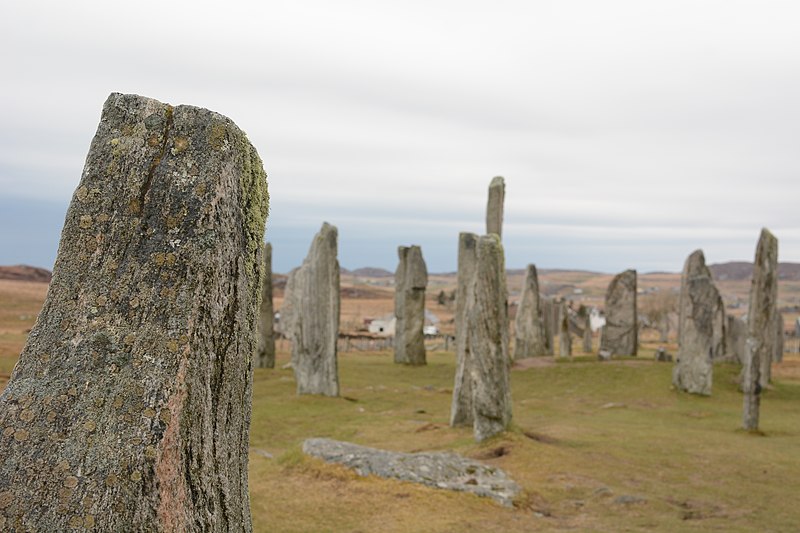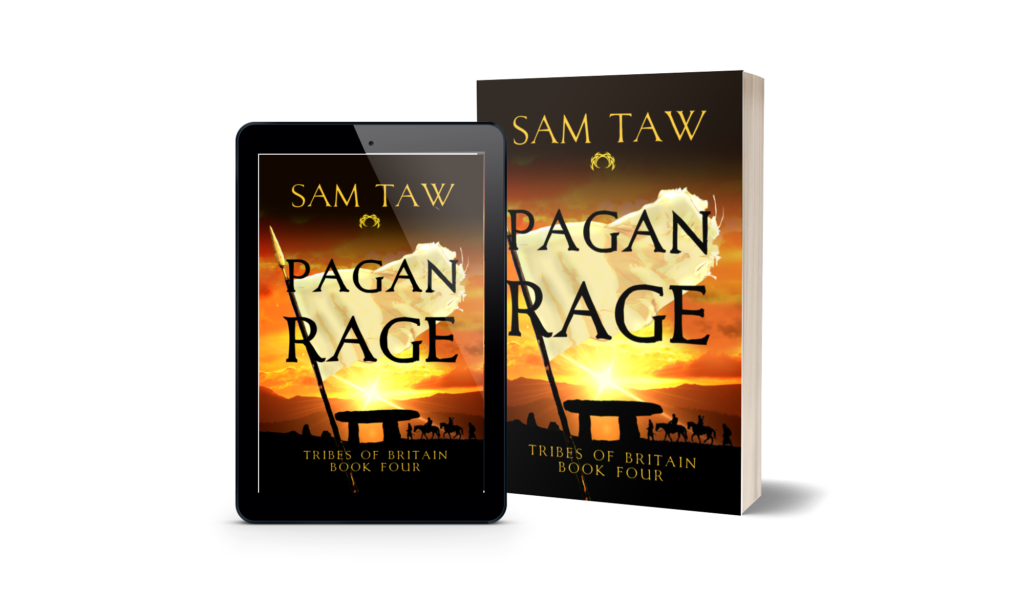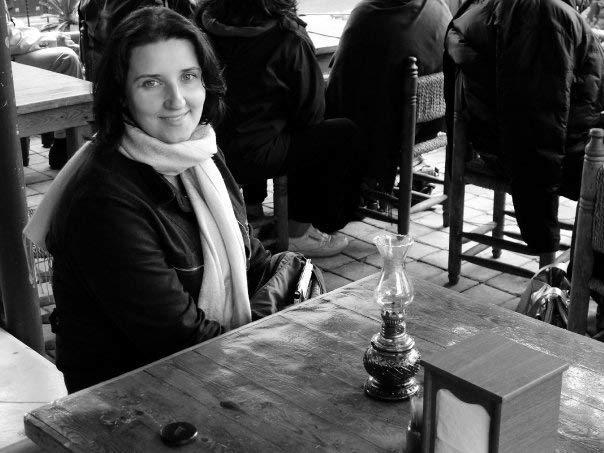
The thing about writing pre-Roman historical fiction is that you are wholly reliant on sources written long after the era has passed. This has its advantages and disadvantages. On the downside, the lack of historical documents leaves you floundering about looking for proof that certain people existed, especially in the British Isles where my Tribes of Britain series is set. It’s not such a problem across the seas in spectacularly exotic places such as Mesopotamia.
The upside is that I can create rich characters from my own imagination and give them situations and circumstances based on archaeological findings from the Late Bronze Age and Early Iron Age. Many people think that tribal cultures from that far back must have been akin to cavemen. That couldn’t be further from the truth. They were experts in weaving, dying and making good use of all that nature had to offer.
New digs and findings from this time occur almost daily and each of them challenge previous assumptions. That’s brilliant for my future stories, but can prove problematic when a new research paper contradicts the book I’ve just published!

My latest novel, Pagan Rage, is the fourth in the series. It follows the life of tribal elder and healing woman, Meliora. She’s the great aunt of the young and headstrong Chieftain for her tribe. Her noble blood gives her a unique relationship within the ruling family, allowing her to witness the conflicts first hand and influence the outcome of inter-tribal relations and power struggles.
Each of the books follow on from each other, usually spanning one season, starting around 700BCE, but they’re not for the faint of heart. As a healer, I can give Meliora all sorts of gruesome surgical or primitive cures to administer, drawn from the osteological or anthropological studies of that time. It’s immense fun to write.

The discovery that anthropologists had found evidence of rudimentary brain surgery from the Stone Age using flint tools was a most surprising find. The best thing about this was that the bones had regrown, showing that the patient survived. That little gem gave me the confidence to add it to the storyline running through the series. If they could cut a perfect circle in the skull of a man in that era, I knew I was safe to include it in the transition period between the Bronze and Iron Ages. The more I dug about, the more sources I found to support the practice.
I make just as many surprising discoveries while researching my Sci-fi thrillers, written under my real name, Sam Nash, but the skull find was my favourite. Those are the scenes I enjoy writing the most.
The hardest scene to write for the series thus far has been when I sacrificed a beloved main character during a ritual at the Callanish Stone Circle. I’d grown so attached to this person that I cried the whole time before, during and after the death. Don’t tell my mum though, she still hasn’t forgiven me. The character was her favourite too. I remember putting off writing it for days in the hope that I could skew the story to avoid killing them off. In the end, it had to happen. No regrets, I have to live with that decision.
I’m currently part way through the first draft of Pagan Siege, book five in the series. When that’s done, I need to write one of my Sci-fi thrillers for a new series. I’m also researching an idea set in ancient Babylon, but that idea is still in its infancy.
Pagan Rage (Tribes of Britain Book 4)

Three Perilous Journeys.
Two Treacherous Captives
One Dead Leader
Wise woman, Meliora blames herself. She did all she could to treat her nephew’s fractured skull. How could she have known that it would leave him open to an evil spirit?
His volatile mood swings and confusion leave her exhausted and upset. His raids into enemy territory risk their only chance to call a truce with their neighbours. Now her whole tribe’s in danger.
Can they rid him of his affliction and finally achieve a lasting peace?
Grab your copy now and continue the thrilling saga of the Dumnoni Tribe.
Buy Link: mybook.to/PaganRage
Meet Sam Taw

Sam Taw is the pen name for fiction author Sam Nash. Sam is committed to delivering novels in two distinct genres, historical thrillers set in Late Bronze Age Britain and a unique blend of science fiction and international espionage stories. She lives in a small market town in the south of Leicestershire, close to where she grew up, but dreams of owning a woodland on the Cornish coast.
For information regarding the work of Sam Taw, please visit:
https://www.carantocpublishing.com
For information regarding the work of Sam Nash, please visit:
https://www.samnash.org
Facebook: https://www.facebook.com/samtawauthor/
Twitter: https://twitter.com/samtawauthor
Amazon: mybook.to/PaganSeries
Sign up to Sam’s VIP readers’ group and receive Pagan Rebel and Pagan Rites, both prequel novellas to the Tribes of Britain series as welcome gifts: https://books.bookfunnel.com/3pagannovellas